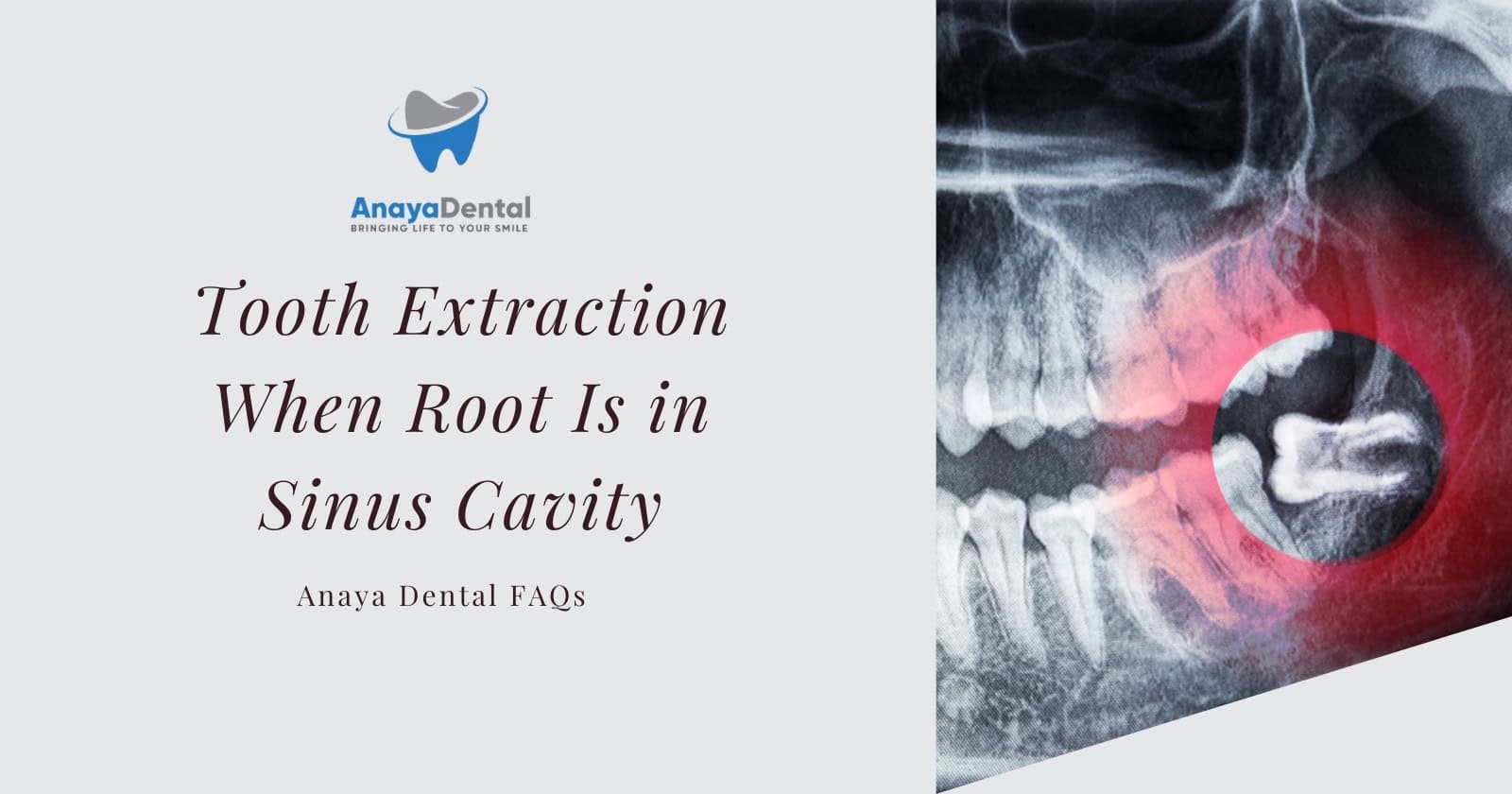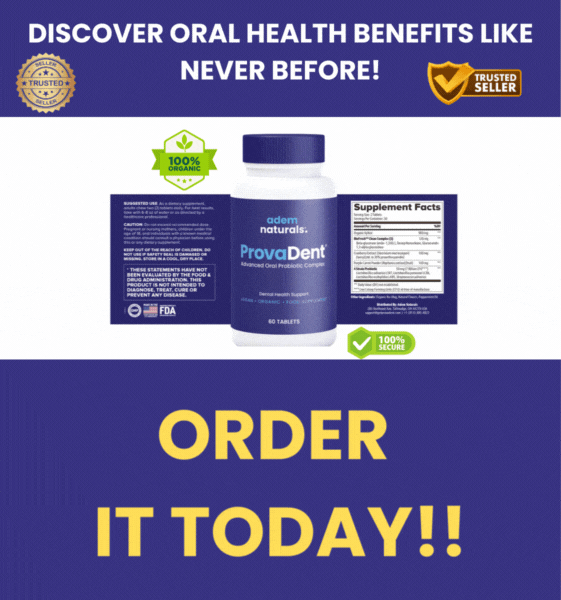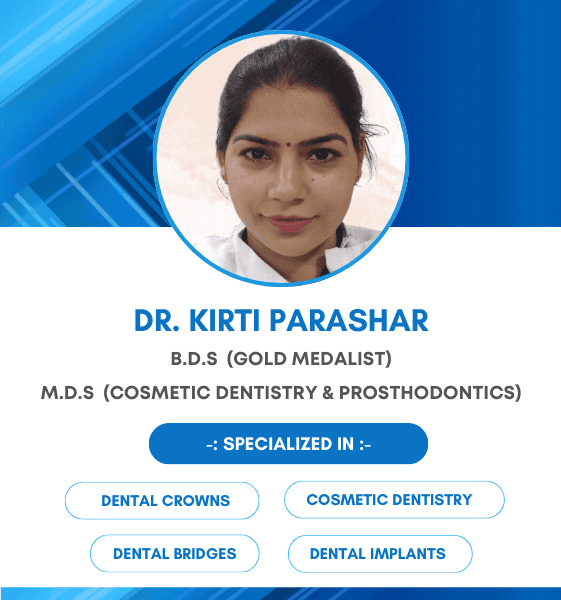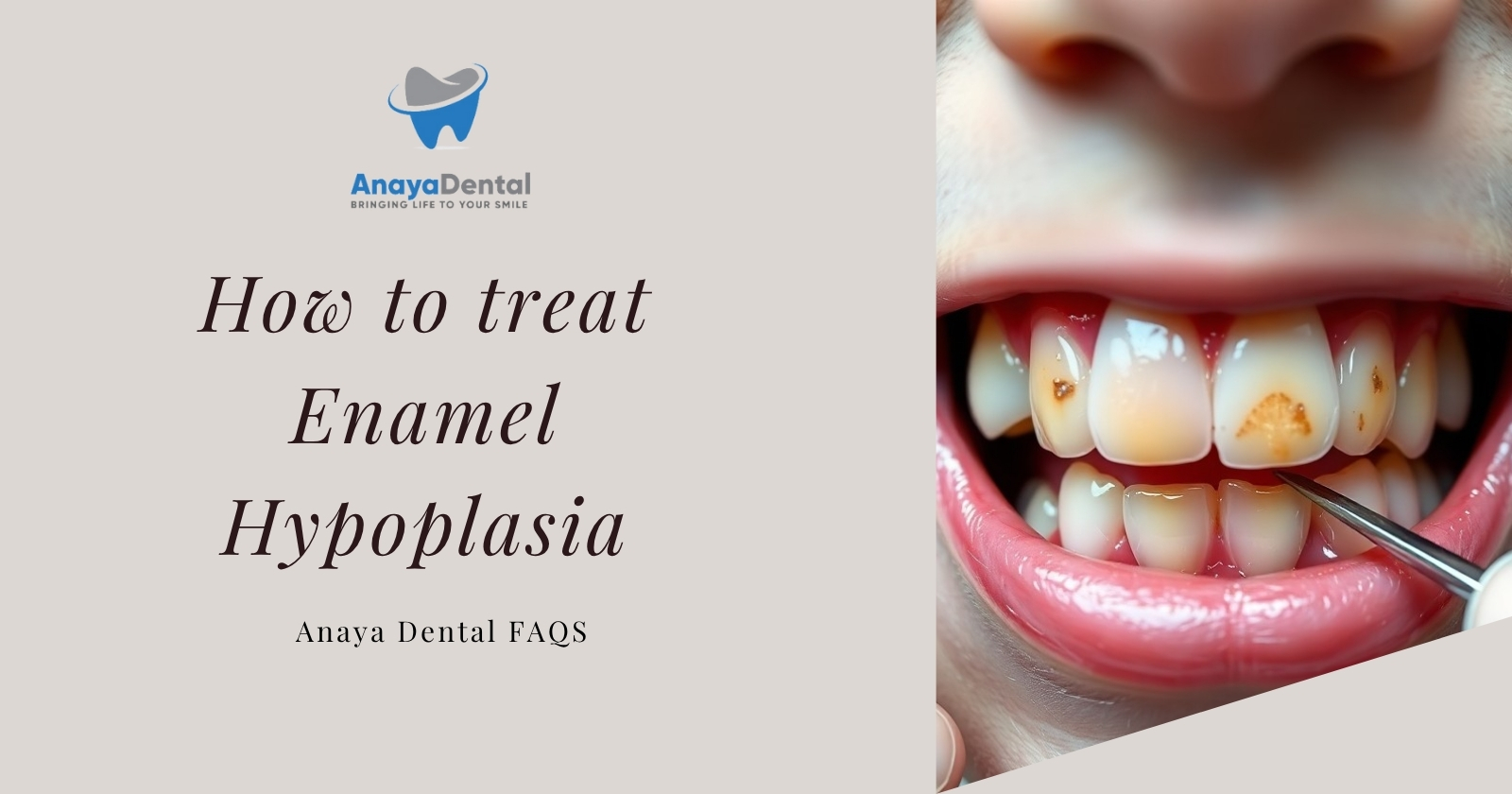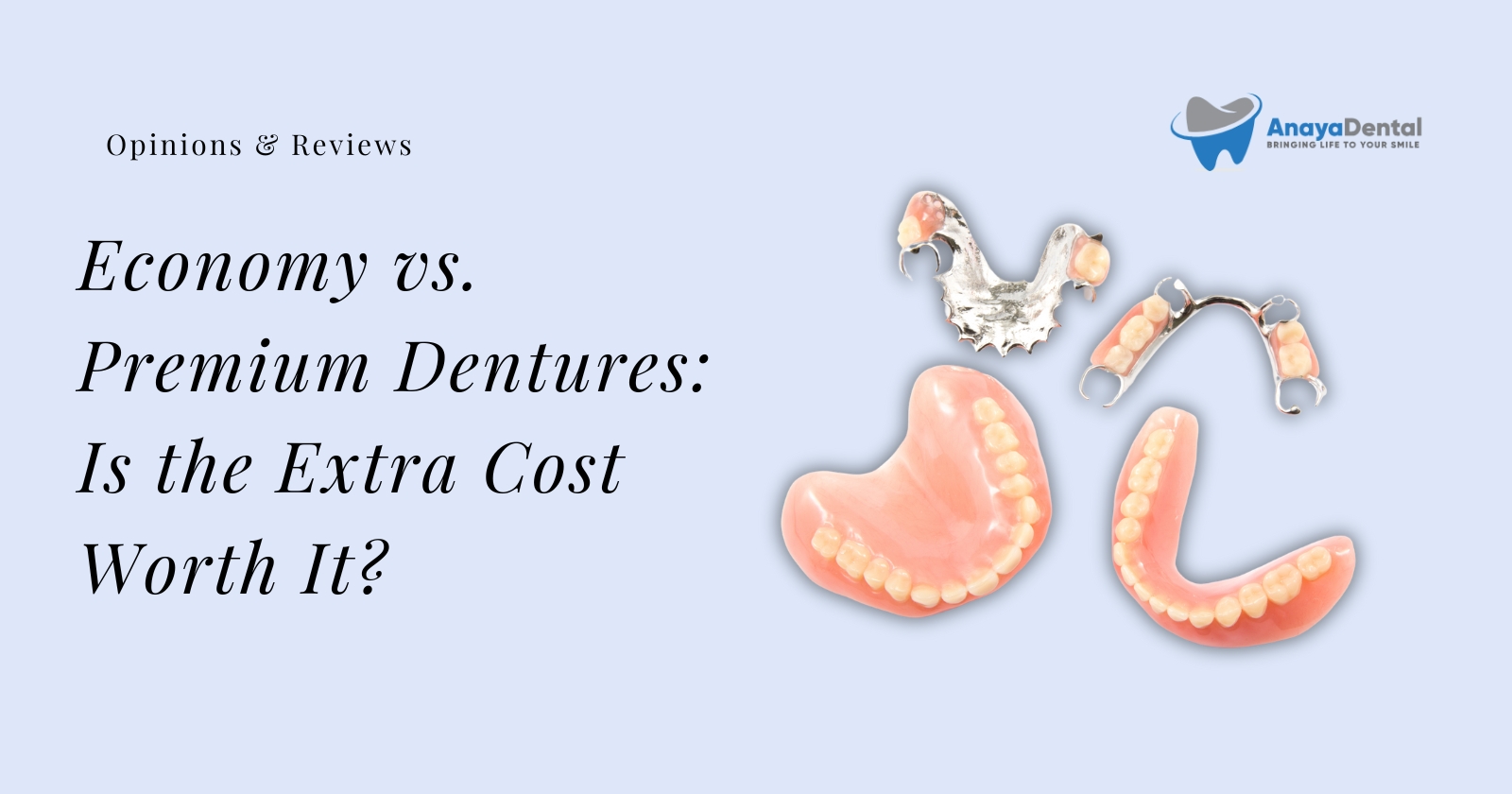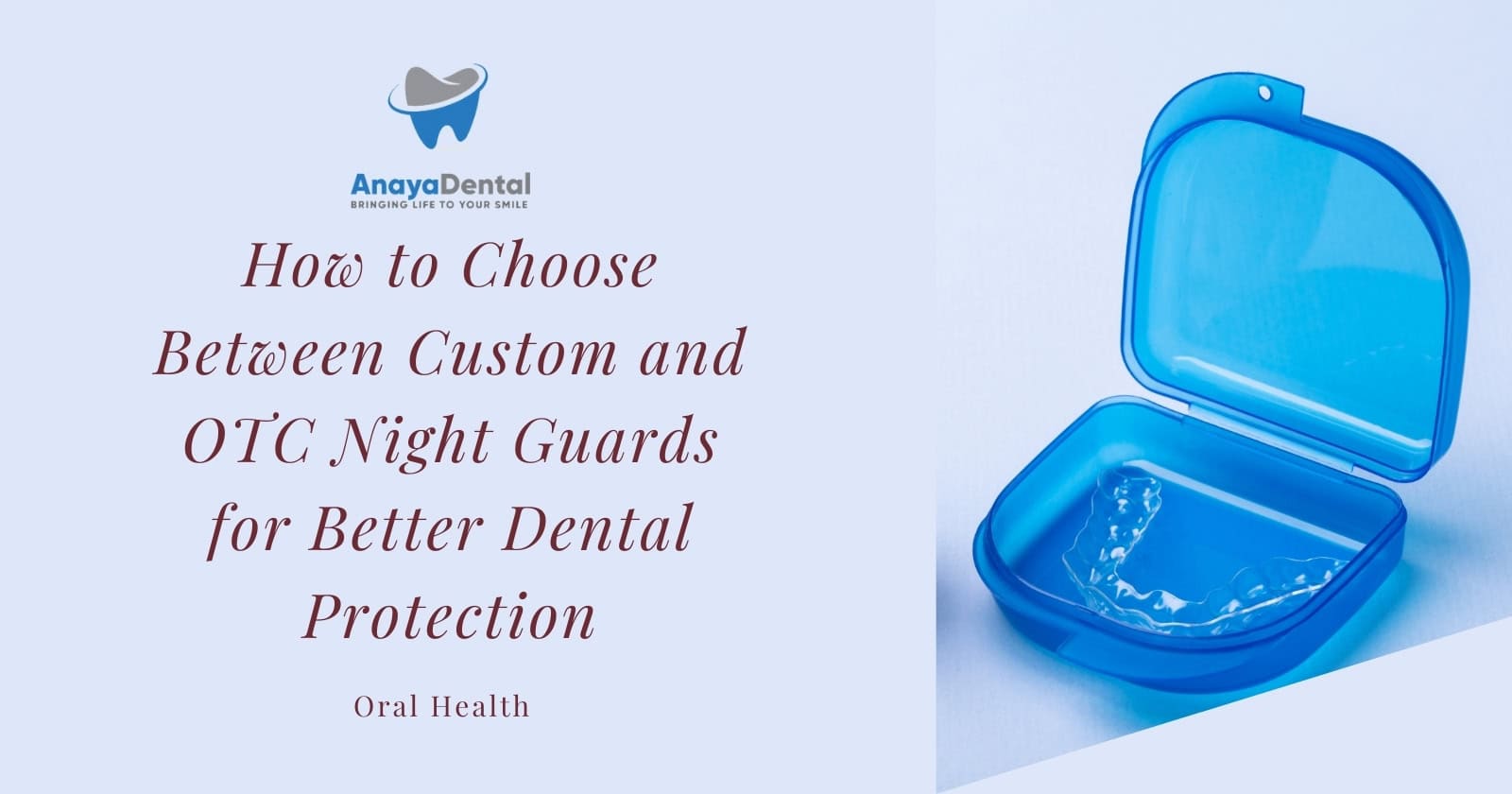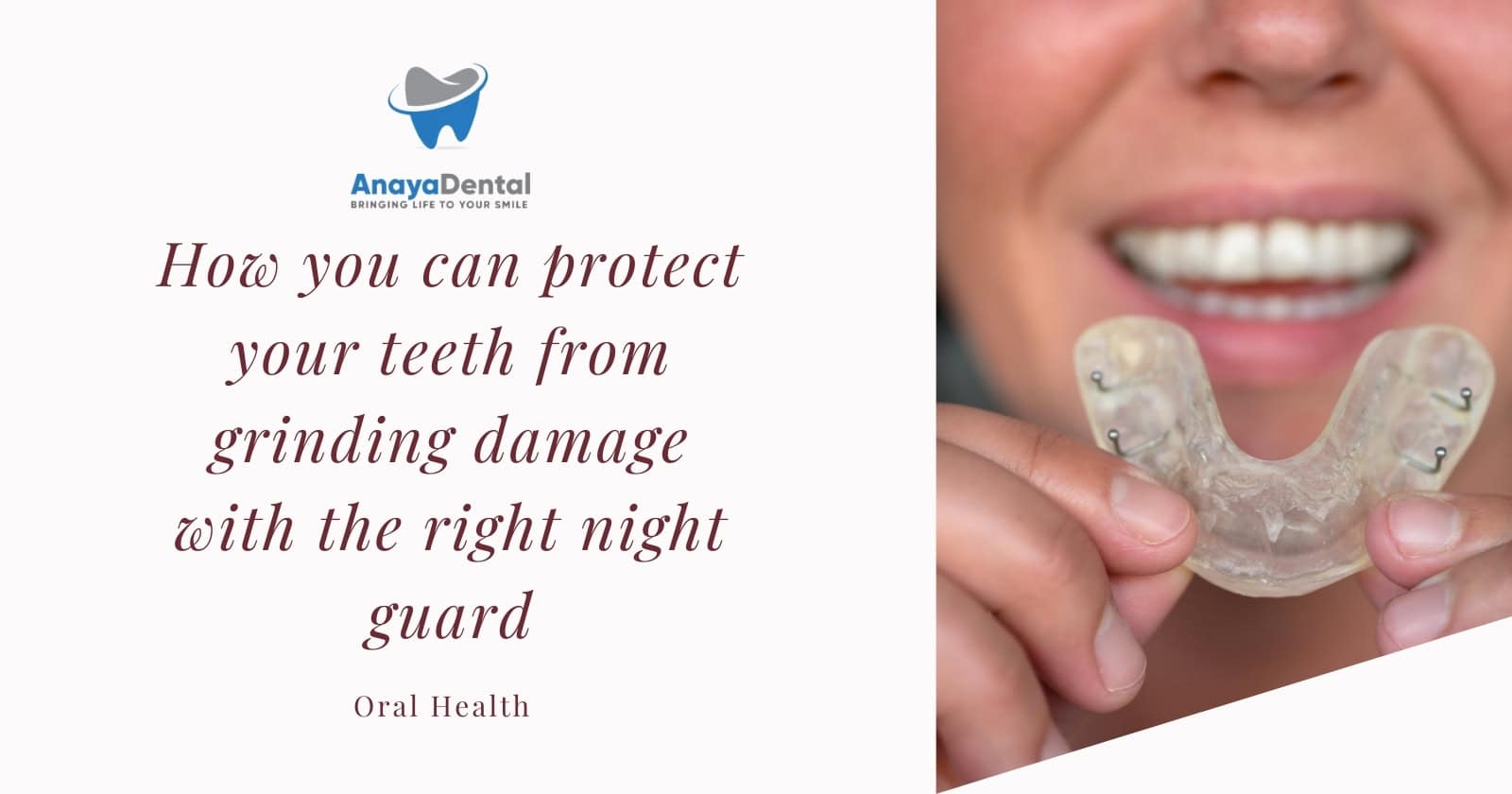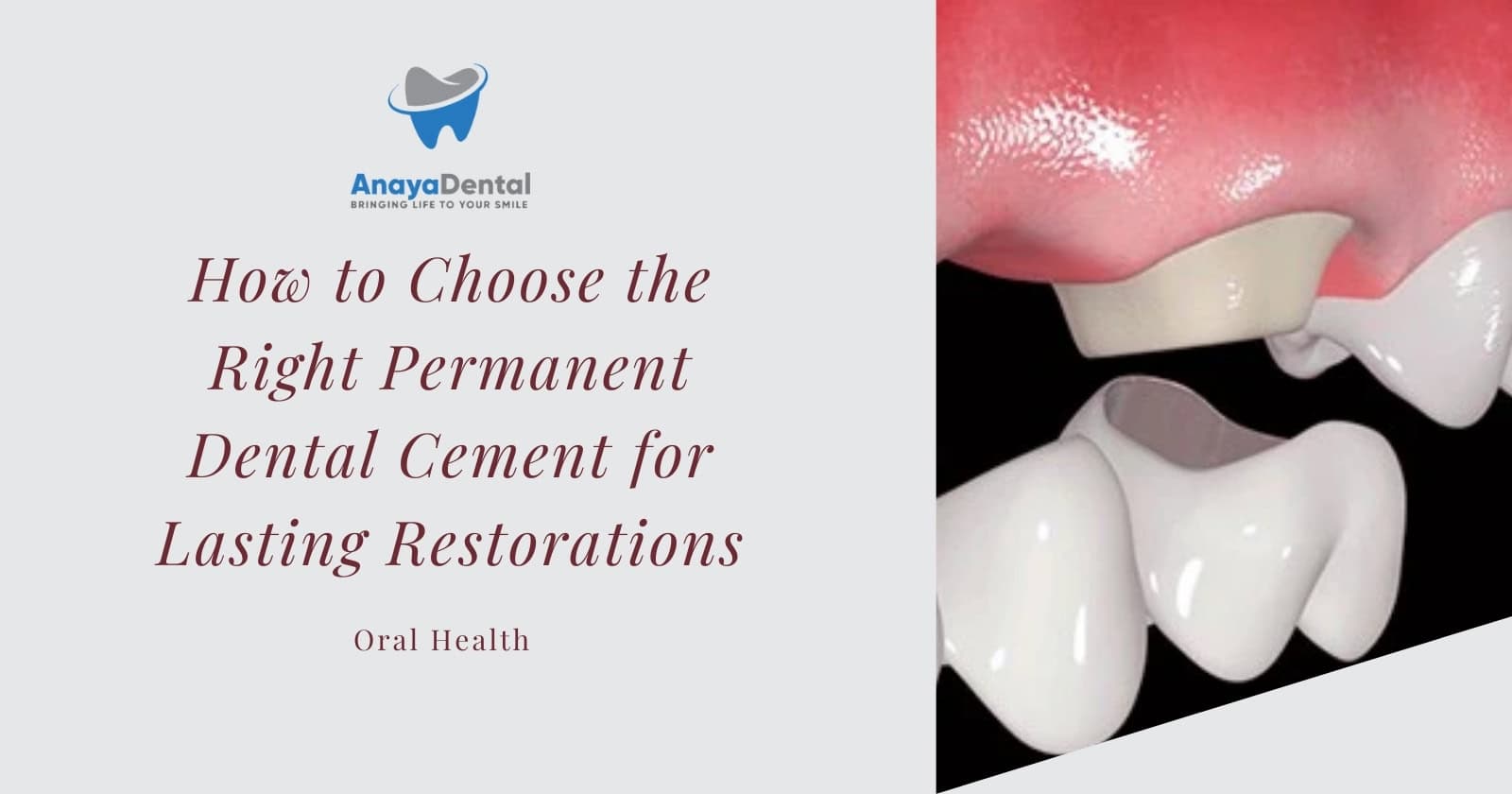Tooth extraction near sinus cavities demands meticulous attention due to the anatomical proximity of upper molars to the maxillary sinuses. Dentists must exercise precision to mitigate the risk of sinus perforation, which can lead to complications like infections or chronic sinusitis. Preoperative imaging and refined extraction techniques are essential. Understanding these complexities is vital for ensuring patient safety and best outcomes. What strategies do professionals employ to navigate these challenges effectively?
Key Takeaways
- Preoperative imaging helps in assessing the proximity of tooth roots to sinus cavities.
- Selecting a skilled dental professional reduces the risk of sinus perforation during extractions.
- Precise extraction techniques are critical to prevent sinus complications.
- Monitoring for symptoms like nasal congestion and sinus pressure post-extraction is essential.
- Postoperative care, including saline nasal irrigation, supports healing and sinus clearance.
Understanding the Anatomy of Upper Molars and Sinus Cavities
The relationship between the upper molars and the sinus cavities is of considerable clinical significance due to their close anatomical proximity. The tooth anatomy of the upper molars often presents with roots that are adjacent to or even extending into the maxillary sinus cavities. The sinus structure, comprising air-filled spaces lined with a delicate membrane, lies within the maxilla, near the roots of these teeth. This proximity necessitates careful consideration during dental procedures, as the thin sinus membrane poses a risk for complications. Understanding this intricate anatomical relationship is essential for clinicians to prevent inadvertent damage during extractions.
Recognizing the Risks and Complications of Sinus-Involved Extractions
During sinus-involved tooth extractions, various risks and complications must be meticulously considered to assure patient safety and ideal outcomes. Sinus complications, such as perforation, may arise due to the anatomical proximity of upper molar roots to the maxillary sinus. These complications can precipitate infections, chronic sinusitis, and sinus pressure changes. Extraction safety depends on preoperative planning and technique precision. Clinical vigilance is paramount to mitigate risks and assure effective intervention.
Try Our Dental Calculators
| Complication | Cause | Prevention Strategy |
|---|---|---|
| Sinus Perforation | Root intrusion into sinus | Imaging pre-assessment |
| Infections | Breach of sinus cavity integrity | Sterile technique, antibiotics |
| Chronic Sinusitis | Unresolved sinus perforation | Prompt repair and monitoring |
| Sinus Pressure | Improper extraction technique | Gentle manipulation |
Identifying Symptoms of Sinus Perforation After Extraction
How can one discern the onset of sinus perforation following tooth extraction? Symptom awareness is critical in detecting this complication early. Clinical indicators include persistent nasal congestion, sinus pain or pressure, and nasal discharge post-extraction. Patients may experience oroantral communication, evident through fluids passing from the mouth to the nasal cavity during ingestion. Additionally, bad breath and possible bleeding can be observed. Pain management should be a priority, addressing discomfort while monitoring for exacerbating symptoms. Prompt recognition of these signs enables timely intervention, mitigating further complications and ensuring effective management of sinus perforation in the postoperative phase.
Effective Treatment Strategies for Tooth Roots in Sinus Cavities
When managing tooth roots that have extended into sinus cavities, it is imperative to employ targeted treatment strategies that address both the dental and sinus components involved. Clinicians may consider a root canal procedure to preserve the tooth while minimizing sinus involvement. Should a sinus infection develop, antibiotics play an essential role in mitigating microbial proliferation. Surgical intervention might be necessary to remove root fragments within the sinus cavity, ensuring thorough debridement to prevent recurrence. Ensuring proper drainage and utilizing nasal irrigation techniques can further support sinus health, while imaging tools assist in accurate diagnosis and treatment planning.
Postoperative Care Tips for Optimal Healing
Postoperative care is integral to ensuring ideal healing following tooth extraction procedures involving sinus cavities. Effective postoperative pain management is imperative, often involving prescribed analgesics to mitigate discomfort. Patients should adhere to dietary recommendations, prioritizing soft foods to minimize trauma to the surgical site. Hydration is essential, yet the use of straws must be avoided to prevent dislodging the blood clot. Cold compresses can reduce inflammation during the initial 24-48 hours. Regular saline nasal irrigation may facilitate mucosal healing and sinus clearance. Detailed follow-up appointments are necessary to monitor healing progress and detect potential complications early.
Choosing the Right Dental Professional for Safe Extractions
Why is selecting the right dental professional essential for safe extractions, especially near sinus cavities? Dental qualifications guarantee that practitioners possess the specialized training necessary for managing complex anatomical relationships between teeth and sinus cavities. Experienced oral surgeons or periodontists are adept at minimizing complications such as sinus perforation. Patient testimonials provide insights into a professional’s expertise, reflecting their ability to handle delicate procedures with precision. A skilled practitioner conducts thorough pre-operative assessments and employs meticulous techniques to navigate the intricate interplay of dental and sinus structures. These qualifications and patient experiences contribute considerably to successful, complication-free extractions.
Advanced Techniques and Tools in Tooth Extraction Procedures
Selecting the right dental professional is pivotal for ensuring safety and efficacy in tooth extractions near sinus cavities. Advanced techniques, such as minimally invasive procedures, considerably reduce trauma to adjacent structures. Utilizing digital imaging, dentists achieve precise mapping of anatomical relationships between tooth roots and sinus cavities, facilitating meticulous planning. Cone beam computed tomography (CBCT) offers three-dimensional accuracy, essential for identifying potential complications. Employing piezosurgery, which uses ultrasonic vibrations, allows for selective cutting of hard tissues, preserving soft tissues and minimizing sinus membrane perforation risk. These innovations enhance patient outcomes, promoting quicker recovery and reducing postoperative complications.
Frequently Asked Questions
How Can I Prevent Sinus Issues After Tooth Extraction?
To prevent sinus issues post-extraction, patients should employ meticulous nasal hygiene and adhere to prescribed pain management protocols. Regular saline irrigation can aid in maintaining sinus cleanliness, while analgesics control discomfort, facilitating ideal healing.
Are There Non-Surgical Options for Managing Sinus Complications Post-Extraction?
Non-surgical options for managing sinus complications post-extraction include medication management with antibiotics and decongestants. Home remedies involve nasal irrigation and steam inhalation to alleviate symptoms, while close monitoring guarantees early detection of potential complications.
Can Dietary Changes Aid Recovery After a Sinus-Involved Extraction?
Post-extraction recovery benefits from nutrient-rich foods, supporting tissue repair and immune function. Hydration is essential for maintaining mucosal integrity and facilitating healing. Adequate intake of vitamins A, C, and zinc can expedite recovery processes.
What Lifestyle Factors Affect Healing After Sinus-Related Tooth Extraction?
Healing post-sinus-related tooth extraction is influenced by smoking cessation and stress management. Nicotine impedes blood flow, delaying recovery. Stress can elevate cortisol, hindering healing processes. Adhering to postoperative guidelines promotes ideal tissue regeneration and reduces complication risks.
How Long Should I Avoid Flying After an Extraction Near Sinus Cavities?
The patient should avoid post-extraction travel, particularly flying, for at least one to two weeks. Flying safety concerns arise due to cabin pressure changes potentially exacerbating sinus perforation or impeding healing. Consult with a dental specialist.
Conclusion
In summary, the extraction of upper molars adjacent to the maxillary sinuses demands a thorough understanding of dental and sinus anatomy, coupled with meticulous procedural execution. By recognizing potential complications such as sinus perforation and employing advanced imaging and extraction techniques, dental professionals can mitigate risks. Effective postoperative care, including analgesia and saline irrigation, is essential for promoting healing and preventing infection. Selecting a skilled dental practitioner guarantees optimal outcomes in managing the intricate relationship between teeth and sinus cavities.
